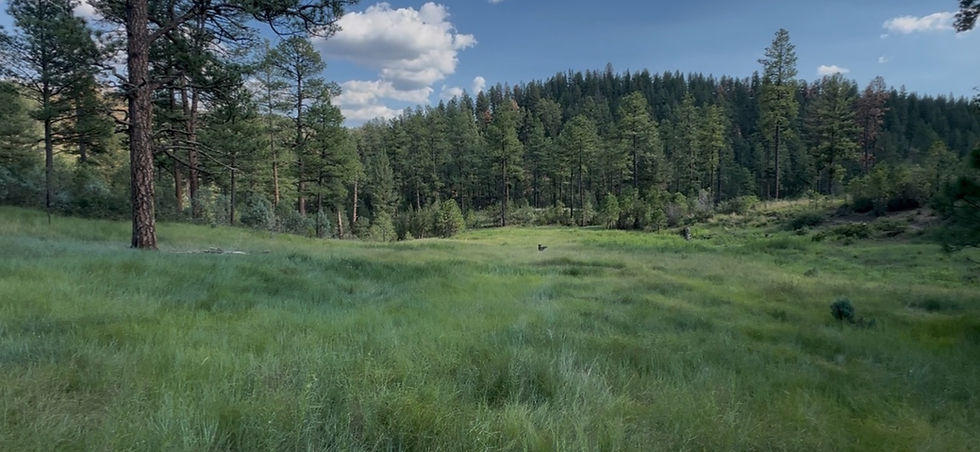Exploring Biodynamic Agriculture: Harmony with the Land
- Courtney Columbus

- 1 day ago
- 2 min read

Tierra Viva Cantalagua in Los Criques, Costa Rica
Biodynamic agriculture takes a holistic approach to farming, seeking harmony with the land and going beyond organic standards.
On biodynamic farms, soil health is a central focus. The use of pesticides and herbicides is prohibited, and at least 10% of the land must support biodiversity. Farms that implement this approach seek to become closed-loop systems that require minimal external inputs from outside the farm, boosting soil fertility and adding nutrients through methods such as composting. By taking this approach, these farms can also help to conserve natural resources. Through composting and other natural methods, farmers enhance soil fertility while conserving natural resources.
The lunar calendar and planetary movements also guide biodynamic practices, determining optimal times for planting, harvesting, and other activities.
To see these principles in action, watch our May 2025 Spotlight video (below) featuring Jennifer Gonzalez and her family farm, Tierra Viva Cantalagua, where she integrates biodynamic methods to cultivate a wide range of fruits, vegetables, and herbs in Los Criques, a community located in San Ramon de Alajuela, Costa Rica.
“Biodynamic agriculture uses seven homeopathic preparations, each made with different natural elements. We also work with minerals. Everything we do—from compost to biofertilizers to preparations—brings the soil to life,” Jenni explains in the video. “So, when we harvest our greens, our cassava, [and when] we drink our cacao, they carry the vital life force we need to live. That’s what we mean when we say Tierra Viva Cantalagua.”
In late September, Jennifer and her family hosted the 38th Latin American Biodynamic Agriculture Gathering at Tierra Viva. The event included dozens of participants from countries throughout Latin America and uplifted Indigenous perspectives, honoring the experiences and ongoing struggles of Indigenous communities to reclaim their land.

The international gathering featured workshops on topics including commerce with a conscience, creating art from tropical hardwoods, and an introduction to biodynamic agriculture. Additionally, the event hosted a market where participants showcased their products—including several biodynamically grown coffee varieties from Peru. During the event, participants shared their experiences with biodynamic agriculture and sought to learn from each other.
Hands-On Forestry Learning: Fruit Tree Propagation in Puerto Rico

In October, participants in our Hispanic Forest Landowners Outreach Program gained hands-on experience in propagating fruit trees at our fourth interactive workshop of the year and learned about the benefits of integrating grafted fruit trees into forest systems. Carlos (Carli) Díaz Palmer, who is a forestry program participant and specializes in fruit tree propagation, led the workshop held at the Rio Hondo Community Forest in Mayagüez, Puerto Rico. Carli guided participants through the process of grafting citrus and avocado trees.
Grafting trees can enable farmers to cultivate varieties that have specific characteristics, such as greater resistance to diseases or extreme weather. Developing hurricane-resistant fruit tree varieties is central to Carli’s work at his family farm, Hacienda Rita.
New Blog Post
Interested in learning how the forest floor can help improve organic agriculture? Check out our October blog post featuring Henry Guerrero, an innovative organic farmer in Costa Rica.
Coming Soon

Stay tuned for more from Puerto Rico this month! We’ll be celebrating our forestry program in Puerto Rico and hosting a resource fair for our program participants on November 15th.



Comments